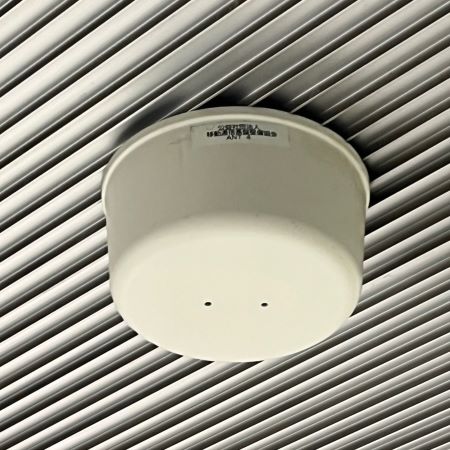The word "Infra-Sharing" has become common in online, newspaper and other medias. Recently, Infra-Sharing has been taken up as a keyword to promote 5G deployments in a more efficient way in the Japanese government's Infrastructure Development Program for Digital Garden City Nation measures, and is attracting attention as the topics in the ICT field.
Infra-Sharing refers to the sharing of a part of a mobile phone's network among multiple mobile carriers, and this solution can lead to reductions in CAPEX, OPEX and maintenance costs, enabling more efficient network development.
In this column, I would like to explain Infra-Sharing from various angles.
In chapter 1, I will introduce how Infra-Sharing has been developed in Japan.
(Stage 1)Before the concept of Infra-Sharing matured
In Japan, each MNO used to select the installation site by themselves and constructed towers separately. This “self-sufficiency policy” aimed to give each MNO a competitive edge by developing their own mobile phone networks.
This type of strategy is called “network competition”, which leads to improve services through competition among MNO. I think it was a necessary process in the evolution of the mobile phone market.
However, even during this period, there were some cases in which MNO shared facilities. For example, there are the following structures.
Japan Mobile Communications Infrastructure Association
Japan Mobile Communications Infrastructure Association (JMCIA) was established in 1994 as Japan Road Tunnel Communications Infrastructure Association. The association has been operated mainly by MNO.
As the name “tunnel” suggests, the association has been building and providing sharing networks in closed spaces such as railroads, road tunnels, and subways, where it is difficult to install networks individually due to restrictions on installation space and difficulties in construction. In the subway stations, we can see the antenna installed by the association.

(Photo by JTOWER)
Setting the rules for tower leasing
In Japan, 3G service was launched around 2001, and the penetration of mobile phones began.
In 2001, MIC formulated the Guidelines for Use of Poles, Ducts, Conduits and Similar Facilities Owned by Public Utilities with the aim of enabling electric power companies, MNO, and other operators to lease facilities such as towers, ducts, and cable tunnel (*) at more reasonable usage fees and to improve the business environment to enable the efficient use of existing facilities. As a result of this initiative, the tower leasing between MNO, in other words among competitors, became an option.
In the cases mentioned above, mutual support was provided between MNO, and I would like to position it as Stage 1, which is the condition prior to the maturation of the concept of Infra-Sharing.
※Large-scale underground structures constructed for the purpose of securing cable accommodation space and maintenance workspace.
(Stage 2)The appearance of Infra-Sharing provider
JTOWER was founded in 2012 with the aim to provide Infra-Sharing service for mobile networks.
I understand that JTOWER is a third-party company independent from MNO and was the first Infra-Sharing provider in Japan.
Over the next decade, MNO’s stance for competition shifted from network competition to increas collaboration. As a result of this change, multiple sharing provider began to enter the market in various business formats. The market environment was dramatically changed from mutual support between MNO (Stage1), and Infra-Sharing market in Japan has entered Stage 2.
In Stage 2, various sharing operators leverage their expertise to create diverse forms of sharing, which means that a new market has emerged as a sharing economy.
For example, Infra-Sharing services expanded to the sharing of the workpiece to install base stations and the sharing of antennas or radio units. As a result, the use of Infra-Sharing which was limited in Stage 1 was expanded. This was expected to further enhance the efficiency of capital investment by MNO.
As a partner of MNO and as one of the players to support mobile networks as social infrastructures, I believe that the value of sharing provider will increase in the future.
(Stage 3)Overseas expansion of Infra-Sharing originated in Japan
With advances in technology from 5G to 6G toward 2030, it will be essential to develop networks more quickly and efficiently in the Japanese mobile market. At the same time, it is indispensable for society to realize the reduction of power consumption and environmental burdens. Infra-Sharing will continue to play an important role as a method of developing networks while realizing sustainable society.
Japan is behind in the field of global telecommunications infrastructure sharing. However, for the development of 5G and 6G networks, we aim to expand our Japanese-originated business model to other countries promoting the public-private partnership.
※The content in the article is at the time of publication.


